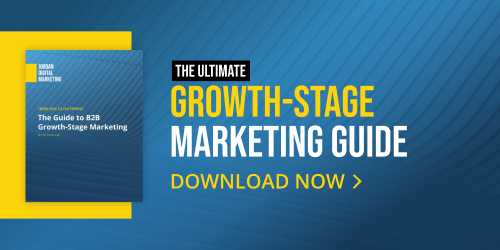Big news in the UAC space! Google has quietly expanded Audience Signal Targeting to App campaigns, a feature previously limited to PMax campaigns.
This update gives advertisers more control over their App campaign targeting, potentially improving efficiency and performance. While Google has yet to make an official announcement, select users are seeing the feature in their ad accounts. If you have access already, or you’re planning to jump into the campaigns once you get access, here are a few considerations to keep in mind.

Get your first-party data ready
Customer lists could be your friend here – prepare some of your highest-quality lists to feed into the campaigns to teach the algorithm more about the users you’d like to find.
Plan out your testing strategy
With a feature this new, it’s imperative to dip a toe before jumping in. I’d recommend starting with custom segments and demographics/interest-based targeting to see how your early returns look. If you’re testing this feature in-app campaigns for B2B, lean into keyword custom segments as a jumping-off point.
One important note here: remember that Google is using these signals to guide the algorithm, not to actually pinpoint new customers to engage with. Given that, I’d recommend that your initial tests keep your ICP squarely in focus. I’d also consider creating a tier system to enable you to test a wide spectrum of signals and use those to drill down to the top performers.
Prepare your exclusions
If you don’t have lists of irrelevant terms and audiences, along with audience lists like customers that you’d like to exclude, get them ready to use in these campaigns. As a starting point, I’d take any recent keyword, demographic/interest, and audience analyses and exclude anything that has been inefficient/irrelevant. The list will most likely become longer as the signals run and you’re able to refine them.
As with any new feature, there are pros and cons to being an early adopter: you get the competitive advantages of moving quickly, but you’re also spending on campaigns that might not yet be fully baked, which could compromise efficiency. Keep an eye on the JDM blog as we dig into any initial findings from clients who choose to test this feature.
